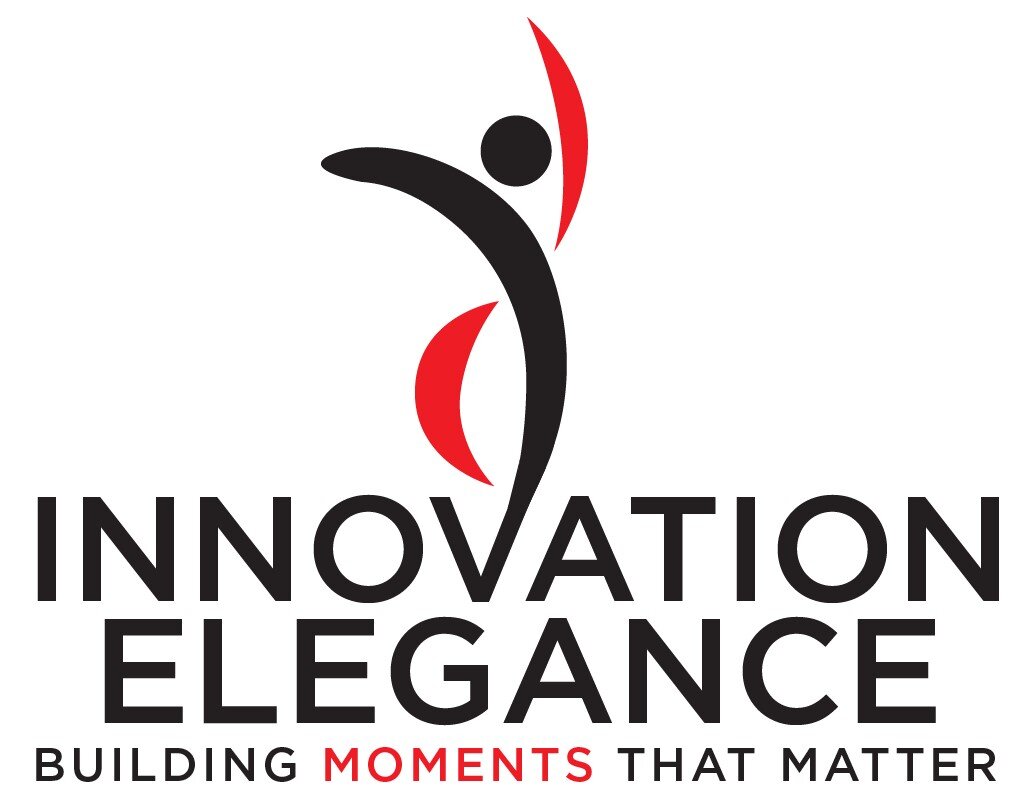Elegant Meetings
Many innovation professionals have love/hate or hate/hate relationship with meetings. As documentation fell out-of-favor over the past two decades, what filled the void are meetings – and meeting gridlock. With back-to-back-to-back meetings, employees sometimes feel they can’t get to “real work” until after normal working hours.
Meetings are valuable and they aren’t going away but consider changing the relationship meetings have with “real work.” Let’s clarify what “real work” is. It’s work with output that’s valuable for months – even years. That output combats tribal knowledge and survives employee turnover. That output is documentation-outside-email. It is documentation that withstands the rigor of five verbs. Real work = Five Verbs.
A good meeting is always in service of the five verbs (Draft, Review, Revise, Approve, and Distribute). So the agenda of meetings can always be “Review & Revise.” What changes from meeting to meeting is the object of this Review & Revise – the asset itself. Examples of good meetings are:
Review & Revise Project Charter
Review & Revise Process Flow
Review & Revise Training Approach
But sequentially, let’s cover what ensures a healthy meeting. Before the meeting …
Meeting placeholders and invitations are sent sufficiently in advance (moving a meeting is not a crime but procrastinating scheduling a meeting when you know it’s necessary is a crime)
RSVPs are sent sufficiently in advance
Attendees know who else is invited and who the approver(s) is/are
Whether the Review & Revise aims for divergent thinking (expanding options, creativity, exploration) or convergent thinking (narrowing options, reconciling good ideas, tough decisions)
At the start of every meeting …
Everyone already read the asset and prepared reactions and suggestions
Everyone is reasonably punctual to avoid a late start or rework
Discipline during the meeting …
Participants are attentive, stay in-scope, and stay on-topic
A scribe logs off-topic items in a parking lot
Rigorous conversation to uncover omissions, inconsistencies, blind spots, and waste - generally minimizing negative surprises
A scribe can revise in the meeting or record the conversation to revise later
Senior participants allow and encourage junior participants to carry the meeting as much as possible
Senior participants curb anyone from monopolizing or rambling
Empathy during the meeting …
Everyone feels included, safe, welcome, and heard
Conversation is focused and relaxed
Diversity of ideas is evident
Participants explore for positive surprises
Disagreements occur without demonizing
Task conflict occurs without personality conflict
Bad ideas are handled with grace to minimize embarrassment
Some silence exists, it’s comfortable, and shows everyone typically lets others finish speaking
Interruptions are few, polite, professional, and might even generate humor
Participants sense insincere acquiescence and silent dissent and invite awkward information to be shared
At the end of every meeting …
Everyone is satisfied they got to exhaust their contributions
Everyone “gets their say” even if they don’t “get their way”
Everyone is at peace that the tiebreaker chooses among options if consensus eludes everyone else (“decision rights” and “decision responsibility”)
Participants have a common understanding of the results and decisions
Everyone felt the conversational rigor made the meeting a good use of time, i.e., the right communication channel and collaboration forum
After the meeting, the drafter or facilitator ensures that all participants have access to the new version of the asset soon after the meeting.
When governed by a disciplined agreement factory and asset portfolio, meetings are “real work” and are the critical communication channel for collaboration.



